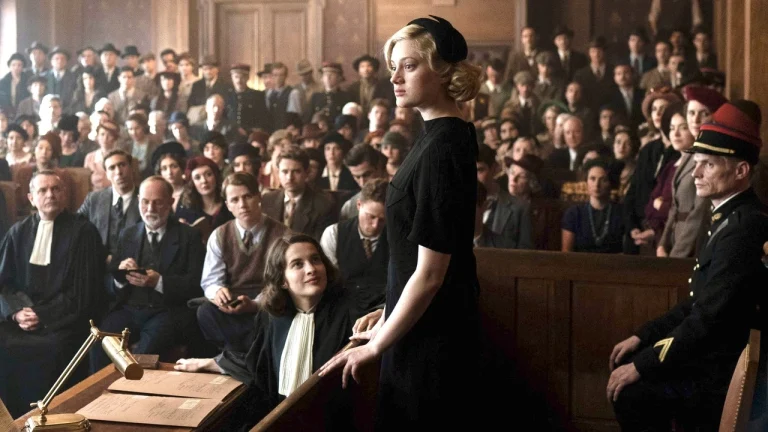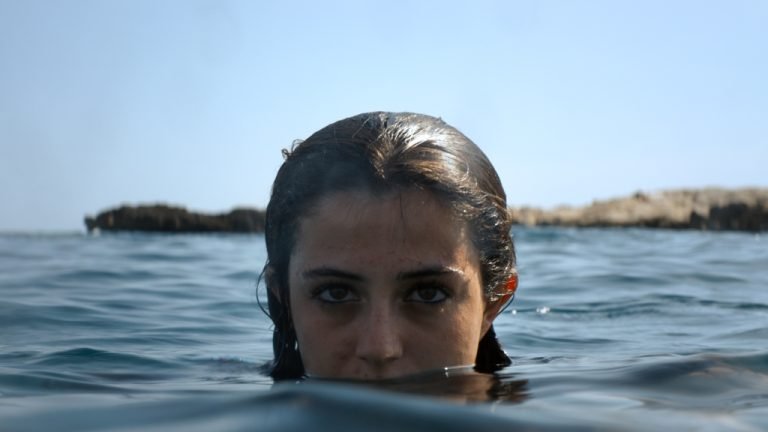“Drowning By Numbers” (1988) is the kind of movie that dares you to look away, yet it is impossible. Every frame pulls you in, teeming with an intense visual wit and a playful morbidity that lingers long after the credits roll. This is another film that once I start watching, I can’t turn it off. Directed by Peter Greenaway, a filmmaker known for his baroque sensibilities, this movie is arguably one of his most accessible works. “Drowning By Numbers” is a cerebral puzzle with a lot of emotional depth, and if you’ve never seen a Greenaway film before, this is the perfect place to start. This was the first Greenaway film that I watched, and I was hooked ever since.
I’m a longtime fan of Peter Greenaway. His films have a way of making you feel like you’re really in his world, as if you’re watching cinema that is elevated to fine art in a museum. He frequently draws from classical painting and architecture as inspiration. The frames are constantly full, there is always so much going on. Repeat viewings are a must. It’s an overstimulation of the senses. I love his other films like “The Cook, the Thief, His Wife & Her Lover,” “The Baby of Macon,” and “A Zed & Two Noughts.” They are all deeply layered and visually stunning, but it’s “Drowning By Numbers” that I find myself returning to most often. “Drowning By Numbers” showcases his signature style while still remaining accessible to viewers. From the first scene, it is clear that you are in for a rollercoaster.
The story is simple but strange: three women, all named Cissie Colpitts, drown their husbands with the help, or at the very least, the passive complicity, of a coroner named Madgett. But Peter Greenaway doesn’t just tell this story with his trademark dark humor, which feels like a weird Grimm’s fairy tale. There is something oddly dreamlike and ritualistic about the way these events unfold. It’s as if everything is happening according to rules that we don’t fully understand, but somehow we need to accept the logic. This world follows its own set of rules, and we are merely witnessing it all.
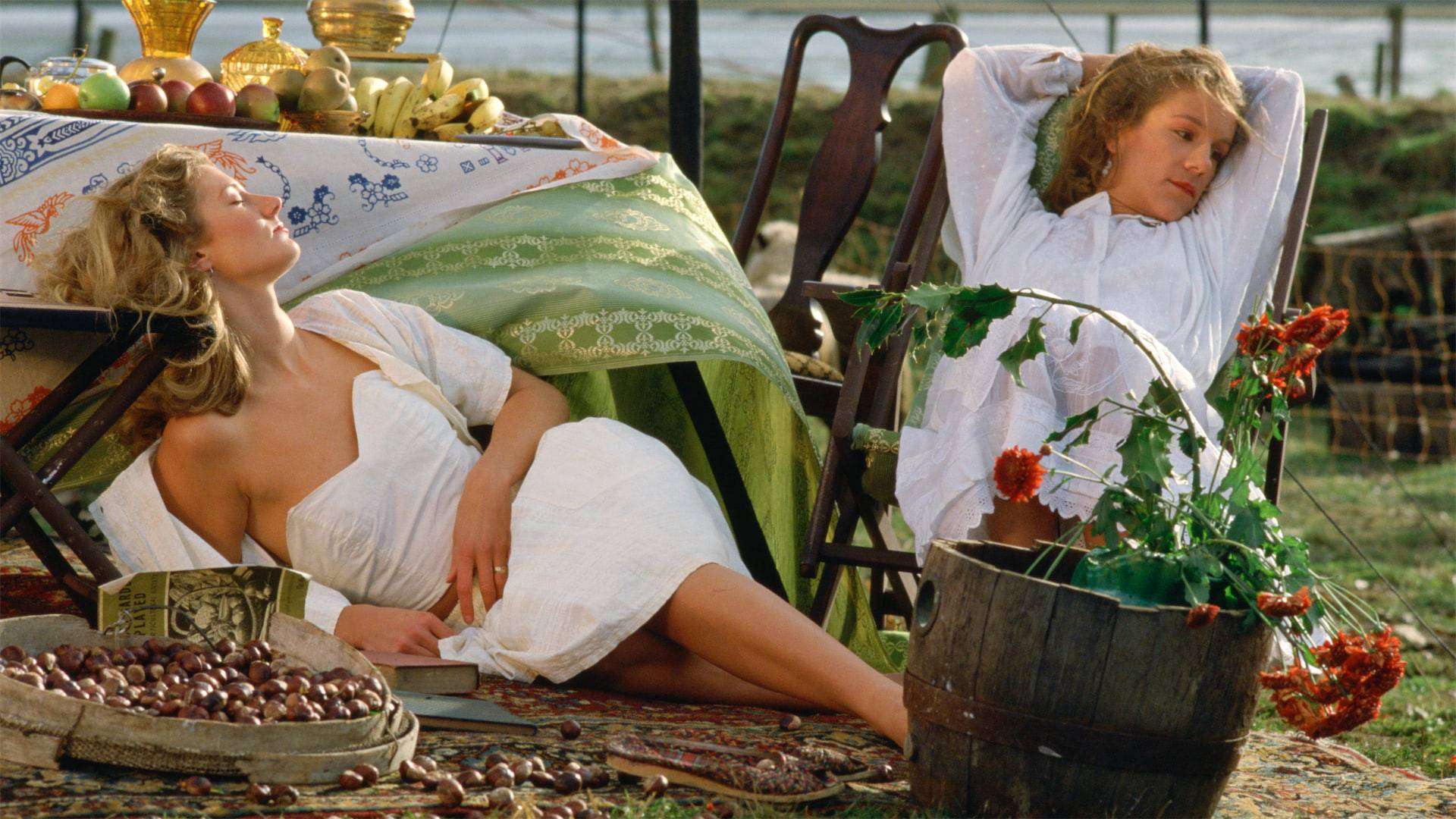
The cinematography in “Drowning By Numbers” is meticulous and bordering on obsessive, with all the intricate details. Every frame is composed with painterly care, which isn’t surprising given Greenaway’s background as a painter. The film is loaded with subtle nods to classical art. There’s also a visual game embedded throughout: the numbers 1 through 100 appear sequentially within the film, painted on objects, appearing in dialogue, sometimes hidden in plain sight. It’s a stylized addition that makes the audience more alert to the image, urging you to not just watch the movie, but study it. This film tells you to pay attention and to notice the way it encompasses the mise-en-scène.
Sacha Vierny, Greenaway’s longtime cinematographer, is instrumental in realizing this visual universe. The Greenaway and Vierny collaborations are legendary. I love the work they produced and think it will stand the test of time. Vierny has previously worked with Alain Resnais and Luis Buñuel. In “Drowning By Numbers,” he uses light and shadow to evoke Dutch Golden Age painting. The camera movements are often slow. Vierny’s work never overwhelms the narrative but rather complements Greenaway’s structured chaos and reinforces the sense that every detail is important. I love how you never know what will pop up in a scene. There is always something. A platter of food, a dying animal, a bouquet of flowers, a piano, etc. And the way these items are framed is very memorable.
Watching “Drowning By Numbers” today, it is hard not to think about the influence it may have had on filmmakers like Wes Anderson. The precision of the visuals and the stylized sets all share DNA with Anderson’s cinematic language. Both directors clearly adore symmetry. The film’s production design is lush and slightly surreal. The homes and the seaside locations all feel cinematic. The costumes are timeless, neither fixed in the 1980s nor entirely detached from it. Once again, they exist outside of time. Everything in the world of “Drowning By Numbers” feels as if it belongs in a strange painting curated by a meticulous hand.
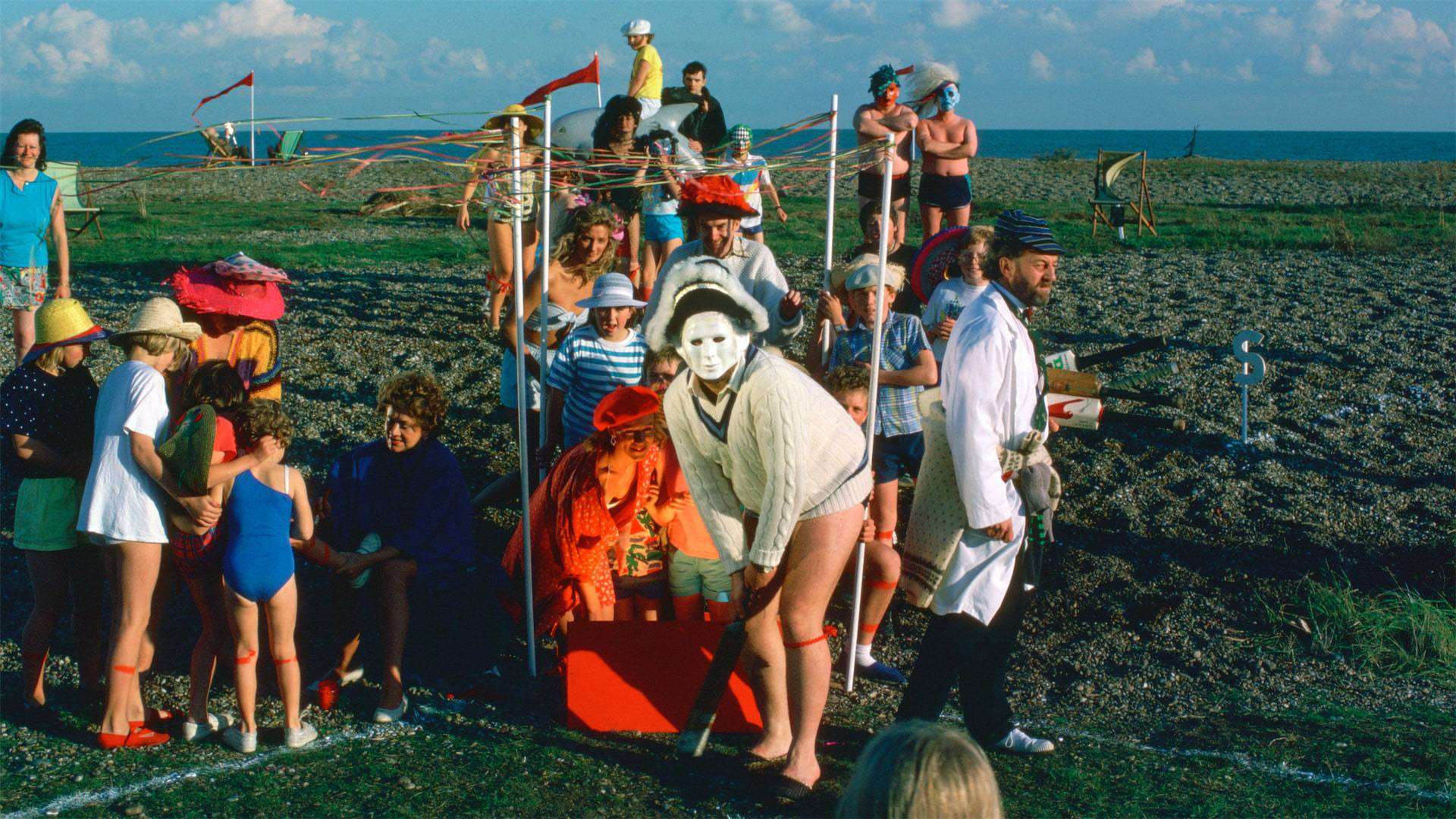
Another highlight of this film is Michael Nyman’s musical score. Wow, it stays with you after. Despite the film’s highly stylized presentation, there’s real emotion and tension in the performances. There’s a grim playfulness in how the main actors talk about their dead husbands, almost as if the drownings are part of a communal rite rather than individual crimes. I think that is the point. It feels like a ritual. It feels like something that just happens in this world. This film relies on a subtext that begs you to decipher it. The acting is over the top, but it makes sense within the world of this film.
Thematically, the film explores death, repetition, numbers, and the absurdity of rules, especially those found in games. Characters play elaborate, sometimes nonsensical games throughout the movie. It’s like the whole movie is a game. The characters play games throughout, games are constantly being referenced, and rules are recited with the seriousness of sacred texts. It’s all very dark, funny, and very Greenaway. One standout scene comes when the second Cissie confesses to the murder in the most offhand, casual manner imaginable while floating in a bathtub, as if she’s merely commenting on the weather. The contrast between the content of her confession and the almost childlike delivery creates a bizarre sense of unease. It’s moments like these that perfectly capture the tone of the film. Disturbing yet hilarious. And I think that’s the heart of this auteur.
“Drowning By Numbers” is not just about three women who get rid of their husbands, but it’s about the nature of storytelling itself. If you’re new to Peter Greenaway, this is a fantastic introduction. If you’re already a fan, it’s a reminder of why his work is so singular. Every time I revisit it, I notice something new. There is a hidden number, a clever joke, a symbolic gesture, a piece of art direction, or a line of dialogue that I hadn’t seen before. This is cinema as a game, and in “Drowning By Numbers,” the rules are meant to be examined.




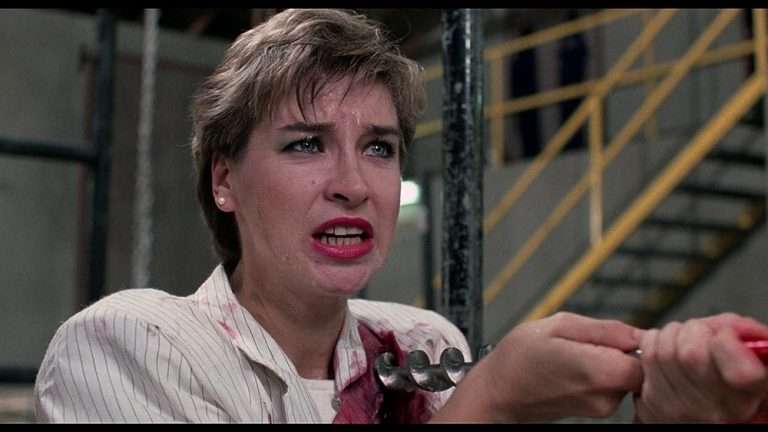
![Ad Astra [2019] Review – An Exhilarating cinematic Experience](https://79468c92.delivery.rocketcdn.me/wp-content/uploads/2019/09/Ad-Astra-768x512.jpg)
